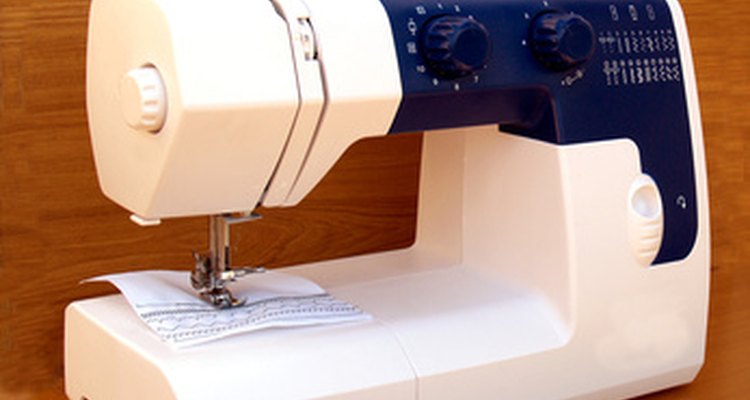
Hemming your own pants is an excellent way to save money and make your clothing look better. To choose the type of hem you need, consider your skill level, the type of fabric you're hemming and how permanent you want this alteration to be. Try on the pants with shoes to judge the appropriate hem length. Your hem should neither drag on the ground nor meet the spot on your shoe where the heel meets body; instead, aim for the hem to fall in between these two points.
Basic Hem
You can create a basic hem by hand or with a sewing machine. This is the easiest type of hem to create, and it works best for simple hemming jobs that you want to complete yourself, such as shortening a pair of dress pants. Sewing machines can create this hem on fabric of any thickness; however, if you're sewing by hand, you may need specialized needles for handling thick fabrics, such as leather or denim. This hem is constructed in three steps: pin up the raw edge of the fabric, turn it under to keep it from unraveling and stitch it down.
Catch-Stitch Hem
This is another hem type that you can create by hand with just a needle and thread; this particular stitch cannot be done by machine. It's ideal for those who want an absolutely secure hem, with no hint of extra fabric flapping above a seam line. It's suitable for any type of fabric. This technique involves capturing threads above and below the hem, securing the folded hem allowance in a diagonal stitch. It's more difficult than a basic hem, and beginners may need some practice to learn to grab the fewest amount of threads possible. Grabbing too many threads will make your stitches more visible on the pant's exterior.
Pink-and-Stitch Hem
This hem can be constructed by hand or with a sewing machine. You should only use this type of hem on fabrics that won’t unravel; it's most commonly used on knits. This is a simpler hem to create because you don't have to turn the raw edge of the seam underneath (if your fabric won't unravel, there's no need to protect that edge). The edge is primed with a quick snip from pinking shears, creating a series of Vs that look like a row of mountain peaks. The hem is stitched down just below the base of the peaks.
Rolled Hem
This hem is one of the most difficult to create, and you cannot do it by hand. It requires a specialized presser foot for your sewing machine that guides the fabric into a tight roll along the seam. It is considered a very elegant seam, although it can be difficult even for experienced sewers to create smoothly. Many machines come with a rolled-hem foot, but they can also be purchased separately at any fabric store or sewing machine shop.The presser foot features a raised metal tube, and it's the sewer's challenge to ensure the fabric slips easily into the tube without bunching or gathering. When completed, the hem is quite small and unobtrusive. In terms of using it on a pant hem, it requires you to cut off the unwanted length, as opposed to a basic hem or catch-stitch hem, in which you can fold the extra fabric up and secure it with your stitches. You should only use this type of hem when you are absolutely sure you will never want the pant lengthened.
Related Articles
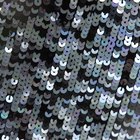
How to Hem a Sequin Dress

How to Lengthen a Suit Jacket

How to Hem a Shirt Collar
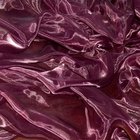
How to Do an Alteration on a Satin Gown

How to Create Pencil Edging on a Veil

How to Sew With Hem Tape

Turning a Shirt Into a Tank Top for Men

How to Modify Yoga Pants

How to Sew a Dart Into Jeans

Is There Anything to Use to Make a ...
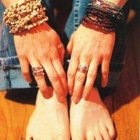
How to Keep a Cuff in Jeans

How to Hem Leather With Glue

Adding Cap Sleeves onto a Wedding Gown ...
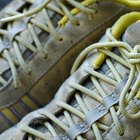
How to Keep Your Sneakers Tight Without ...

How to Make Basic Drawstring Pants or ...

How to Alter Pajama Bottoms

How to Make a Corset Bridal Gown Larger
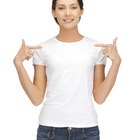
How to Hem T-Shirts

Directions for Extending the Waistline ...

How to Hem a Formal Dress
References
Writer Bio
Jenni Wiltz's fiction has been published in "The Portland Review," "Sacramento News & Review" and "The Copperfield Review." She has a bachelor's degree in English and history from the University of California, Davis and is working on a master's degree in English at Sacramento State. She has worked as a grant coordinator, senior editor and advertising copywriter and has been a professional writer since 2003.
Photo Credits
sewing machine image by Peter Baxter from Fotolia.com